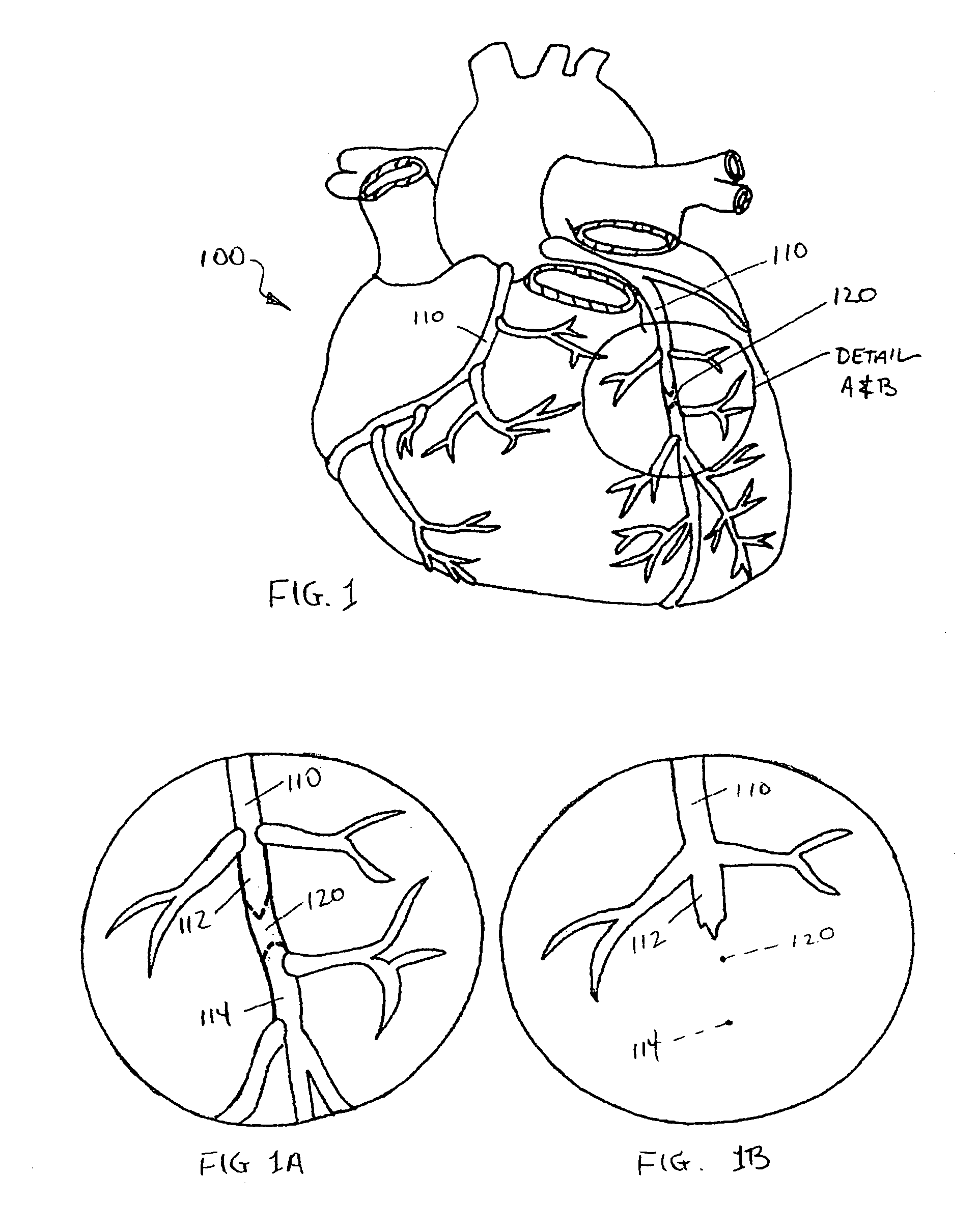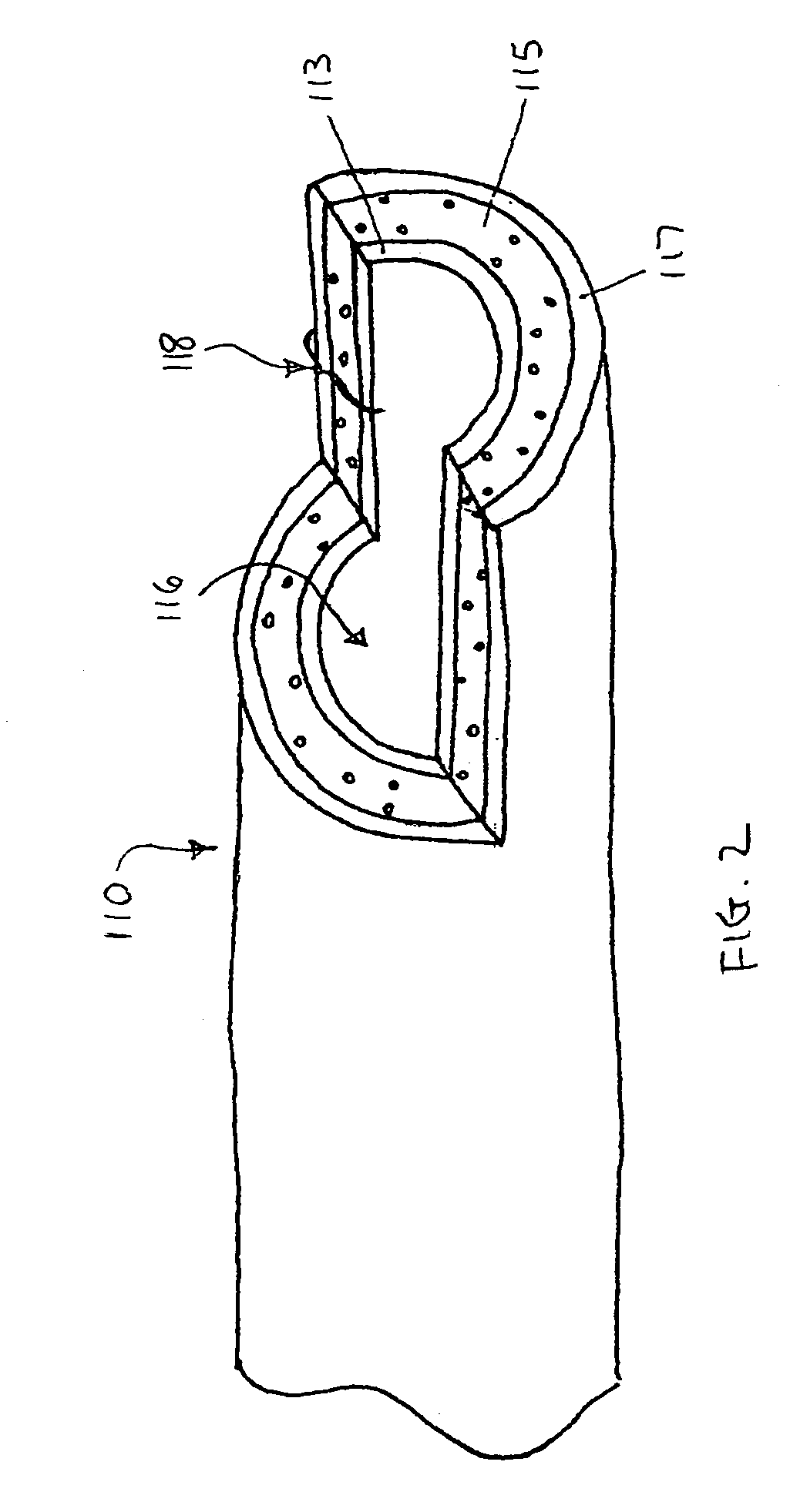Methods of accessing an intramural space
a technology of intramural space and access method, which is applied in the direction of surgery, catheter, guide wire, etc., can solve the problems of limb amputation, limb ischemia and limb amputation, and significant risk to the patient's health, so as to facilitate the treatment of vascular disease, bypass an occlusion, and remove an occlusion
- Summary
- Abstract
- Description
- Claims
- Application Information
AI Technical Summary
Benefits of technology
Problems solved by technology
Method used
Image
Examples
embodiment
Alternative Bypass Embodiment
[0132]FIGS. 32A-32E illustrate an alternative system for bypassing a total occlusion. With reference to FIG. 32A, a subintimal device 3200 is shown in the deployed configuration. The subintimal device 3200 includes an elastic wire 3210 with a distal form similar to the elastic wire form 2800 described with reference to FIG. 28, except with fewer sinusoidal turns. The subintimal device also includes a crescent-shaped or semi-circular delivery shaft 3220 and a retractable constraining sheath 3230. As seen in FIG. 32B, which is a cross-sectional view taken along line A-A in FIG. 32A, the wire 3210 resides in the recess of the semi-circular delivery shaft 3220 over which the constraining sheath 3230 is disposed. As an alternative, the constraining sheath 3230 may be disposed about the wire 3210 only and may reside in the recess of the delivery shaft 3220, provided that the constraining sheath 3230 is sufficiently stiff to at least partially straighten the fo...
PUM
| Property | Measurement | Unit |
|---|---|---|
| stroke volume | aaaaa | aaaaa |
| diameter | aaaaa | aaaaa |
| diameter | aaaaa | aaaaa |
Abstract
Description
Claims
Application Information
 Login to View More
Login to View More - R&D
- Intellectual Property
- Life Sciences
- Materials
- Tech Scout
- Unparalleled Data Quality
- Higher Quality Content
- 60% Fewer Hallucinations
Browse by: Latest US Patents, China's latest patents, Technical Efficacy Thesaurus, Application Domain, Technology Topic, Popular Technical Reports.
© 2025 PatSnap. All rights reserved.Legal|Privacy policy|Modern Slavery Act Transparency Statement|Sitemap|About US| Contact US: help@patsnap.com



